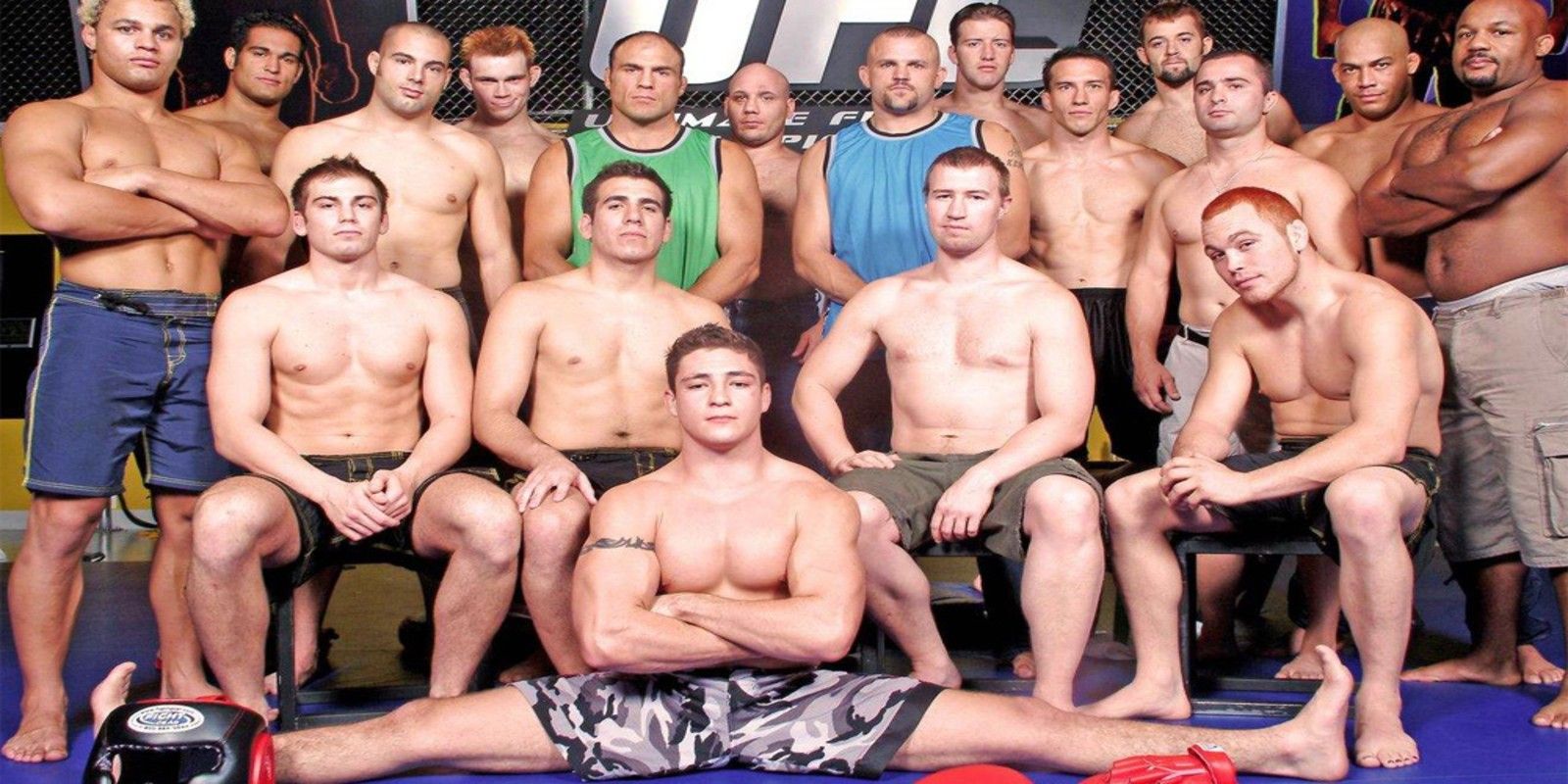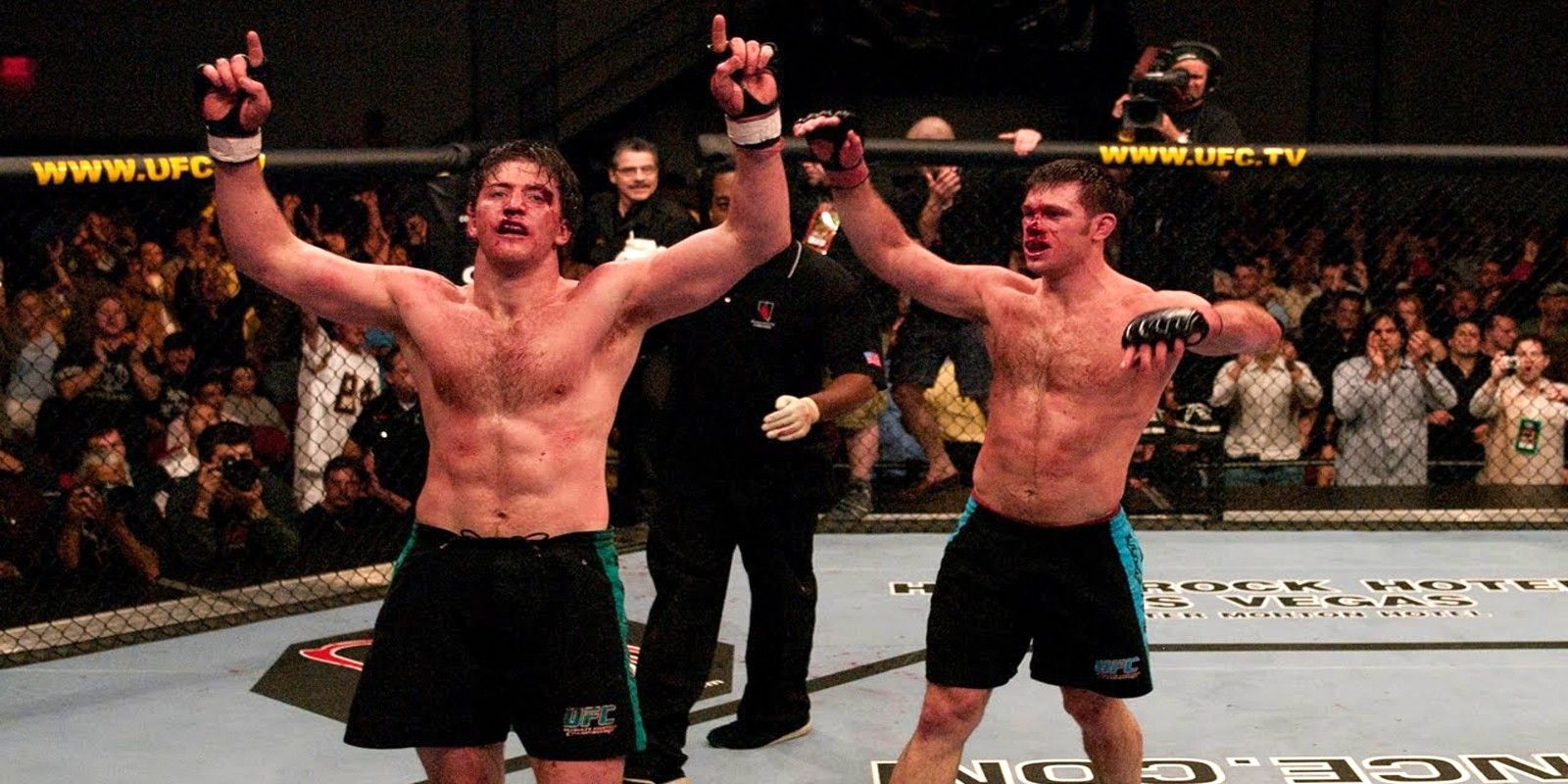Before The Ultimate Fighter season 1, the UFC was in absolute turmoil. With pay per views losing money and no brand recognition, Dana White and the Fertitta brothers scrounged $10 million for a push to air what became a massive success for Spike TV.
When the UFC was originally purchased by the trio back in 2001, Dana White never expected that he would be investing in reality TV. For the most part, the UFC had been an unorganized blood bath. Weight classes were ambiguous and guys like the 155 lb. Royce Gracie faced massive 300 lbs.+ Goliaths. The promotion had an "all go" rule in place, which allowed anything from headbutts to rabbit punches to the back of the head. Most importantly, there was no synonymous MMA style. Plus, match-ups presented were single style versus style-based.
However, once they began to organize the sport, Dana and the Fertittas started to see an opportunity. They implemented weight classes and rules, and as the sport grew in popularity, fighters such as Tito Ortiz and Chuck Liddell emerged to substantiate "MMA" fighters, rather than single style practitioners. Nonetheless, by 2005, the company found itself in hard times, as it had not turned a profit in 4 years. Dana and the Fertitta brothers decided that they would try one last opportunity before they gave up hope on the dying promotion. That opportunity was The Ultimate Fighter.
Season one of The Ultimate Fighter aired April 9, 2005, on Spike TV. The promotion paired its two biggest fighters, Chuck Liddell and Tito Ortiz, as the coaches of the show. They marketed the season around the two's upcoming heated title fight which was set after the show's conclusion. They also brought in 16 world-class light heavyweights and middleweights to fight the other contestants throughout the season. The two winners of the light heavyweight bracket would go on to battle in the season finale for the vacant UFC Light Heavyweight title. The top prospects in both divisions were guaranteed spots on the UFC roster. To make matters even more interesting, all contestants were forced to live in the same house together for the duration of the show. This "Ultimate Fighter Mansion" featured a swimming pool and a fully-stocked bar. Naturally, with the tried-and-true formula of alcohol and face-punching, the show featured some wild highlights.
The show was largely successful due to the exposition of the contestants who participated. The first season featured alcoholism, pranks, and violence - it was a reality series that lived up to all of its promises. Drama between household bullies, Josh Koscheck, Bobby Southworth, and outcast Chris Leben, made for good television. The fights leading up to the finale were just as explosive. However, by the season finale, the UFC was still hanging by a thread. The company needed a large turnout from the TUF finale to maintain their deal with Spike TV. Luckily, the show delivered and the memorable main event between Forrest Griffin and Stephan Bonnar was etched into UFC history. Dana White claims that the night of fights saved the UFC and allowed them to re-up for The Ultimate Fighter season 2. As of now, the legend remains of how The Ultimate Fighter television show saved the life of a company that is now worth billions of dollars.


